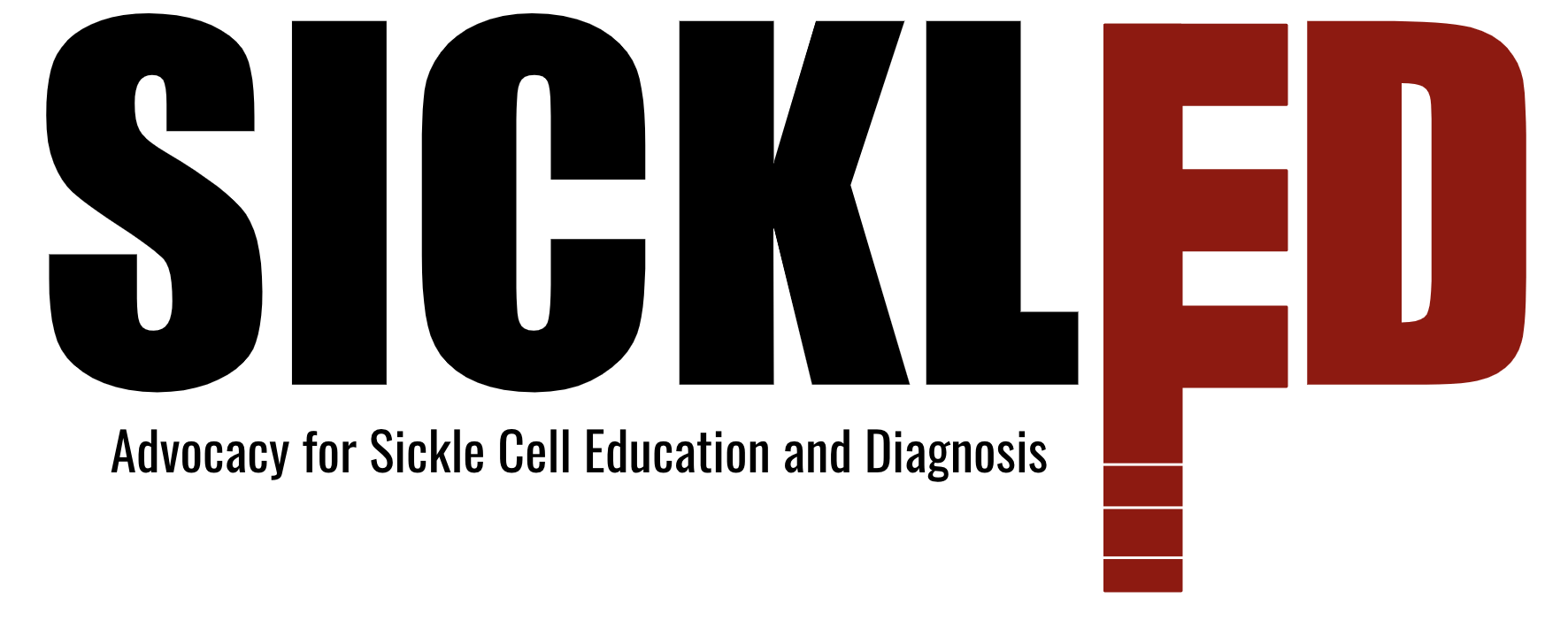After a long 3-year pause due to Covid-19, we finally have the opportunity to travel back to Sierra Leone. We are very excited to be in Makeni for the next 3 weeks, working to gain more knowledge about the treatment and diagnostic programs, the prevalence of sickle cell anemia, and receive feedback on our device. While we are still working on the sensitivity and specificity of our device, we brought the reagents and materials to run and compare results with the methods currently used in Sierra Leone.

However, unfortunately, our luggage was left at an airport in Morocco during travel. This included many of our reagents and materials for our test strip, so we are still awaiting their arrival (along with our own clothes). In the meantime, we sent follow-up emails to potential clinics and partners, including Sickle Cell Society, Sickle Cell International Foundation, and Sickle Cell Carers Awareness Network to let them know we have finally arrived in Sierra Leone. Additionally, we have continuously been working on our IRB approval, making any amendments necessary to expedite the process. Once these are approved, we can conduct formal interviews and record conversations. We confirmed visiting World Hope International for the following day and had a quick budget meeting to discuss what we will be spending money on and how the conversions work.
Around midday, a group of translators met with all of the teams to figure out the best fit. We briefly introduced our projects, and the translators introduced themselves. After discussion, translators vocalized which project might be the best fit. We were paired with two translators, both of whom we had very enlightening conversations with.
From Sulaiman and MSK, we gained knowledge about interview techniques to use when talking with medical professionals as well as the general public in Sierra Leone. Specifically, they emphasized inquiring generally about the experiences and processes of healthcare workers before asking specifics regarding Sickle Cell disease. We were told when conducting interviews with the general public, that it might be better to get straight to the point because people will become tired of questions relatively quickly.
In regards to birth rates, Sulaiman and MSK estimated that around 40% of mothers give birth in hospitals and the rest in local clinics or at home. We learned that most people tend to go to hospitals for treatment of any disease for 1-2 months, and when they either run out of money or if the hospital is lacking in facilities, they will go to local healers for continued treatment. This is vital information for our work since we plan to utilize our device on newborns and strive to diagnose the greatest number of children; we will need to find a way to reach them in hospitals and in clinics.
Our experience, so far, has been extremely eye-opening in more ways than one. The people we have met in Sierra Leone have been very excited to work with all of the teams from Lehigh, which has helped create an incredible drive amongst our team members. We are determined to utilize the copious amounts of work we have done in preparation for this trip to progress our project forward and learn as much as possible while in the country.





